Shrimp farming is one of the most lucrative businesses in the Philippines. With a high demand for shrimp, and a relatively low cost of production, shrimp farmers can earn a significant profit. However, before starting a shrimp farm, there are a few things you need to know. First and foremost, you need to decide what type of shrimp farm you want to start.
There are 3 main types of shrimp farms in the Philippines: indoor, backyard, and cost-effective. Indoor shrimp farms are typically more expensive to set up and maintain, but they offer the highest yield and quality shrimp. Backyard shrimp farms are less expensive and easier to set up but have a lower yield. Cost-effective shrimp farms are somewhere in between, offering a good yield at a reasonable price.
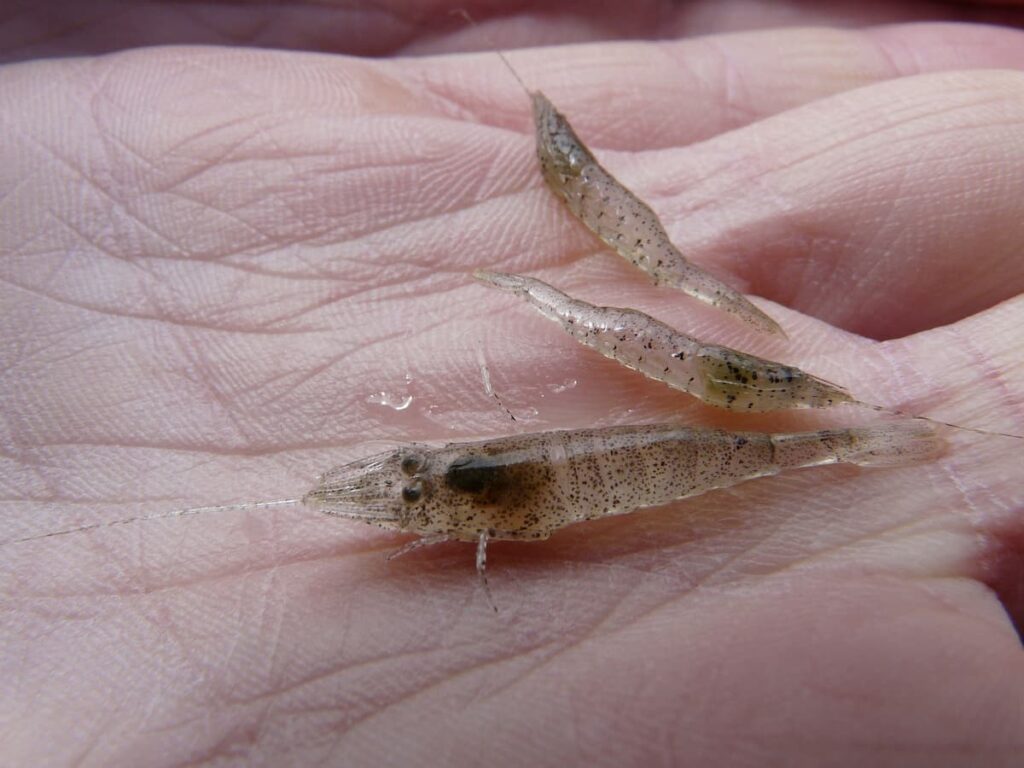
Once you’ve decided on the kind of farm you want to start, you need to obtain the necessary permits and licenses from the Philippine Department of Agriculture. You will also need essential equipment, including tanks, pumps, and aerators. After your farm is up and running, you will need to monitor the water quality and temperature regularly to ensure optimal conditions for your shrimp. You will also need to feed your shrimp a nutritious diet and provide them with plenty of clean water. By following these simple tips, you can be sure your shrimp farm will succeed!
How to start shrimp farming in the Philippines
Why shrimp farming is a viable business in the Philippines
- The country has an extensive coastline, providing an ideal shrimp farming environment.
- The Philippines has a warm climate, which is necessary for shrimp farming.
- The Philippines has a large population of consumers willing to purchase shrimp.
- The government of the Philippines has implemented policies and regulations that support shrimp farming.
Current Trends in the Philippines’ Shrimp Aquaculture Industry
The Philippines plays a big role in the world’s top shrimp producers, and the country’s aquaculture industry is booming. Current trends in the Philippines’ shrimp aquaculture industry include increased production, a focus on quality, and a move towards more sustainable practices. This increase in production is due to several factors, including an expansion of farms, improved farming techniques, and favorable weather conditions.
The focus on quality is another trend currently shaping the Philippines’ shrimp aquaculture industry. Farmers increasingly use better seed stock, paying more attention to water quality and other factors affecting shrimp health and growth. As a result of these efforts, Philippine shrimp are becoming known for their high quality and excellent flavor. Finally, there is a growing movement towards more sustainable shrimp farming practices in the Philippines.
Many farmers in the Philippines are adopting traditional methods less damaging to the environment, such as using bamboo cages instead of concrete ponds. Others are experimenting with new technologies that could help reduce the use of chemicals and other inputs. Whatever direction the Philippines’ shrimp aquaculture industry takes in the future, sustainability will likely be a key concern.
The cost of starting a shrimp farm in the Philippines
If you’re considering starting a shrimp farm in the Philippines, you might wonder how much it will cost to get started. The cost of starting a shrimp farm depends on the size of the shrimp farm and the scale of your operation. You can expect to spend around $500 on start-up costs for a small backyard shrimp farm.
This includes buying shrimp larvae, constructing tanks, and purchasing other necessary supplies. If you’re looking to start a larger commercial shrimp farm, the start-up cost will be much higher, potentially reaching tens of thousands of dollars. Regardless of your shrimp farm size, you can expect to incur ongoing costs such as feed, power, and labor.
In case you missed it: Common Shrimp/Prawn Diseases, Symptoms, Treatment: Check How this Guide Helps Shrimp Farmers
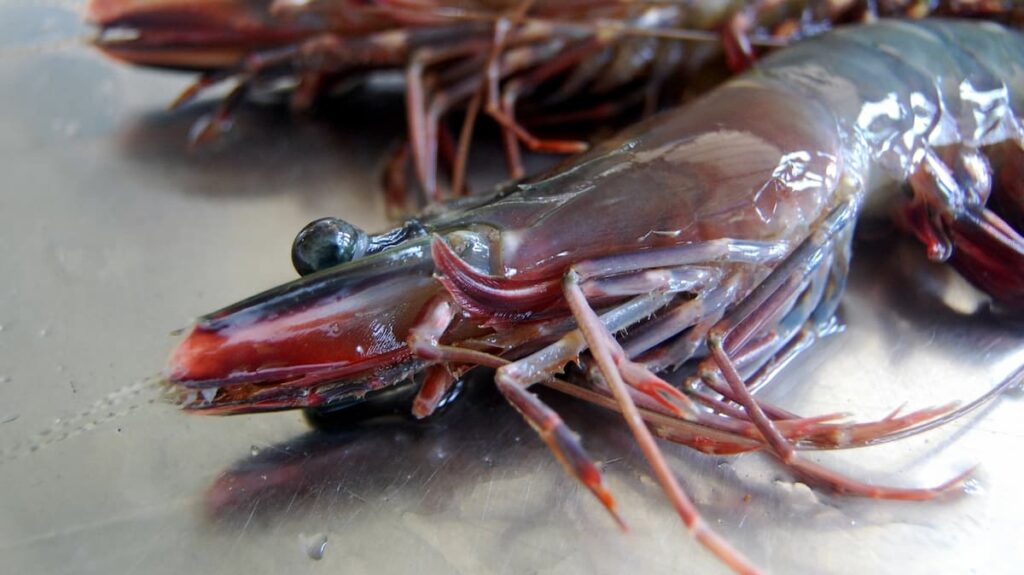
The potential profits of shrimp farming in the Philippines
The potential profits of shrimp farming in the Philippines are significant. Shrimp is a popular seafood dish in the country, and its demand is always high. There are many ways to farm shrimp, but the most common and profitable method is to do it indoors. You can control the environment, and the shrimp grow faster and healthier. The cost of indoor shrimp farming is also relatively low, so you can make a good profit if you manage your business well.
Types of shrimp in the Philippines
There are several types of shrimp that can be found in the Philippines. They include:
- Giant River Prawn: This shrimp is the largest of all freshwater prawns and can grow over a foot. These types of shrimp are found in rivers and lakes throughout the country.
- Whiteleg Shrimp: This is the most commercially important type of shrimp in the Philippines and is often exported to other countries. They are typically harvested from coastal waters and grow to a length of around 4 inches.
- Banana Shrimp: As their name suggests, they are found near banana plantations and can grow to a length of up to 6 inches. They are a popular choice for making curries and other dishes.
- Tiger Shrimp: These are named for their stripes and can grow to a length of up to 8 inches. They are found in coastal waters and are often used in stir-fries and other dishes.
5 Shrimp Farming techniques-methods in the Philippines
In the Philippines, shrimp farming is a popular and lucrative industry. There are many different methods of shrimp farming, each with its advantages and disadvantages.
1. Pond culture is the most common type of shrimp farming in the Philippines. Ponds are constructed and then stocked with shrimp fry (baby shrimp). The ponds are carefully managed to provide the ideal conditions for the shrimp to grow and thrive.
2. Cage culture is another popular shrimp farming method in the Philippines. Cages are placed in coastal waters and stocked with shrimp fry. The cages protect the shrimp from predators and allow for better water quality control.
3. Semi-intensive culture is a mix of pond culture and cage culture. Shrimp ponds are constructed in coastal areas and then stocked with juvenile shrimp. The ponds are partially drained, and the shrimp are transferred to cages for grow-out.
4. Intensive culture is a high-tech shrimp farming method that uses sophisticated techniques and equipment to achieve high yields. Large-scale commercial operations typically use this method.
5. Mangrove culture is a type of shrimp farming that uses mangrove trees as part of the production system. Mangroves provide shelter and food for the shrimp, and their roots help to filter the water. This type of culture is often used in areas where mangroves are abundant.
In case you missed it: Shrimp Contract Farming in India: Companies, Agreement, Process, Profits, Benefits, and Risks
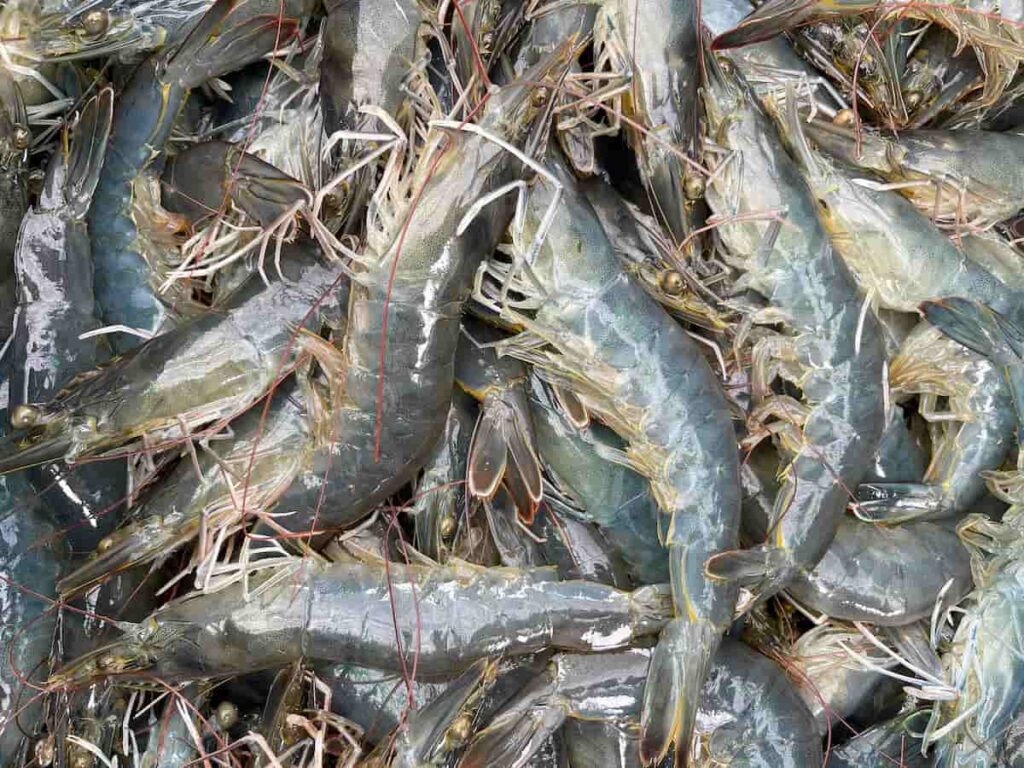
Shrimp pond culture in the Philippines
The shrimp are cultured in either earthen or concrete ponds. in shrimp pond culture The water in the ponds is usually brackish, and the shrimp are fed a diet of pellets, leaves, and other organic matter. Shrimp pond culture is popular in the Philippines because the country has a large coastline and a warm climate.
Shrimp ponds can be found all over the country, and they vary in size from small operations with a few ponds to large commercial farms with hundreds of ponds. The Philippines is one of the world’s leading producers of farmed shrimp, and most of the shrimp produced in the country is exported to markets in Asia, Europe, and North America.
Shrimp farming business plan in the Philippines
If you are planning to start shrimp farming in the Philippines, you must have a proper business plan. This will help you determine the feasibility of your venture and identify potential risks and opportunities. The first step is to research the market for shrimp farming in the Philippines. This includes understanding the demand for shrimp, the supply of shrimp, and the price of shrimp. It would be best if you also researched the costs associated with shrimp farming, including equipment, supplies, labor, and regulations.
Once you have a good understanding of the market, you can develop a business plan. Your business plan should include an executive summary, marketing strategy, financial projections, and management team. make sure to include a detailed project of your farm operations, including information on your target market, production process, and financials. After developing your business plan, it is important to implement it effectively.
This includes creating a management team, acquiring the necessary permits and licenses, securing financing, and building infrastructure. Developing a marketing strategy to promote your farm’s products and services is also important. With a well-thought-out business plan and implementation strategy, you can be successful in shrimp farming in the Philippines.
How to start shrimp farming in the Philippines: at home, indoors, backyard
If you’re interested in starting your shrimp farm in the Philippines, there are certain things you need to know. First, you’ll need to decide whether to farm shrimp at home, indoors or in your backyard. Each option has its pros and cons that you’ll need to consider.
If you’re looking to start small, farming shrimp at home is a great option. You won’t need much space or equipment, and you can get started with just a few hundred dollars. However, you must be prepared to care for your shrimp properly. This means regular water changes, feeding, and ensuring their living environment is clean and safe.
In case you missed it: How to Start a Shrimp Processing Plant in India: Equipment, Cost, and Profits
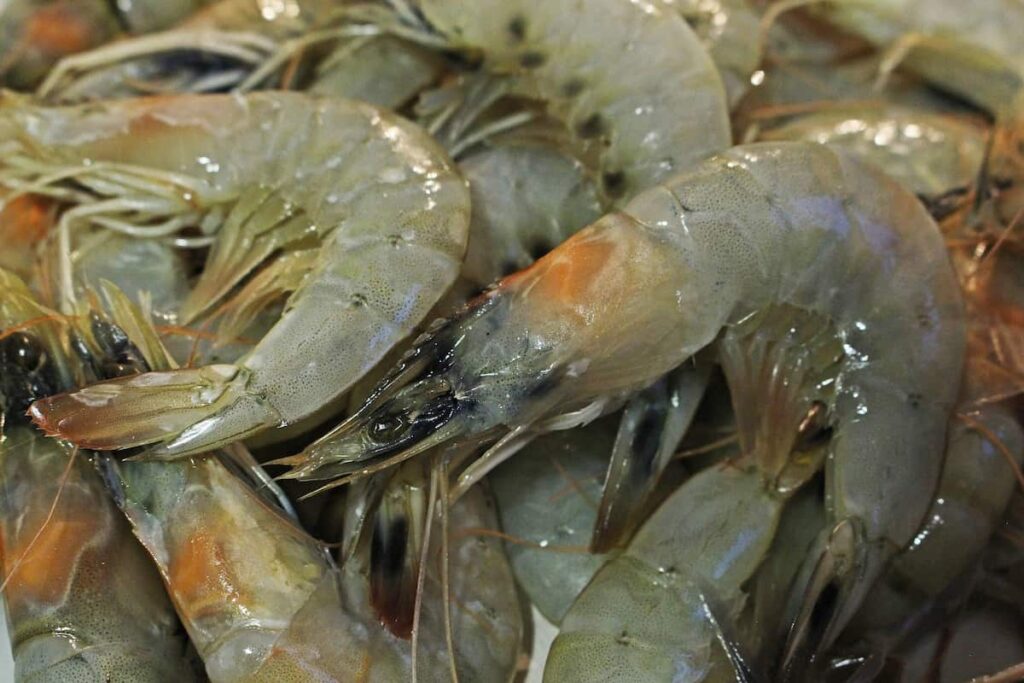
Farming shrimp indoors is another popular option. This offers environmental control, which can lead to healthier shrimp. Maintaining consistent water quality and temperature when farming indoors is also easier. However, it’s important to note that indoor shrimp farms require a more initial investment, as you’ll need to purchase tanks, filtration systems, and other equipment.
Backyard shrimp farming is becoming increasingly popular in the Philippines. If you have the space and the resources, this can be a great method to get started in the industry. One advantage of backyard farming is that it allows you to build gradually as your business expands. You can also take advantage of natural features like ponds and streams on your property to create a more efficient farming system. However, it’s important to remember that backyard farms.
The cost to start a shrimp farm in the Philippines
The cost of starting a shrimp farm in the Philippines depends on the size and type of shrimp farm you want to start. For a small indoor farm, you could expect to spend around PHP 10,000 (USD 200). This would cover the cost of tanks, filtration, and lighting. For a larger backyard farm, you could expect to spend closer to PHP 100,000 (USD 2,000).
This would include the cost of ponds, aeration, and other equipment. The profits from shrimp farming can be significant. A small farm could generate PHP 50,000 (USD 1,000) per year, while a large farm could bring in over PHP 1 million (USD 20,000).
In case you missed it: How to Start Goat Farming in Philippines: Goat Breeds and Check How this Guide Helps Beginners
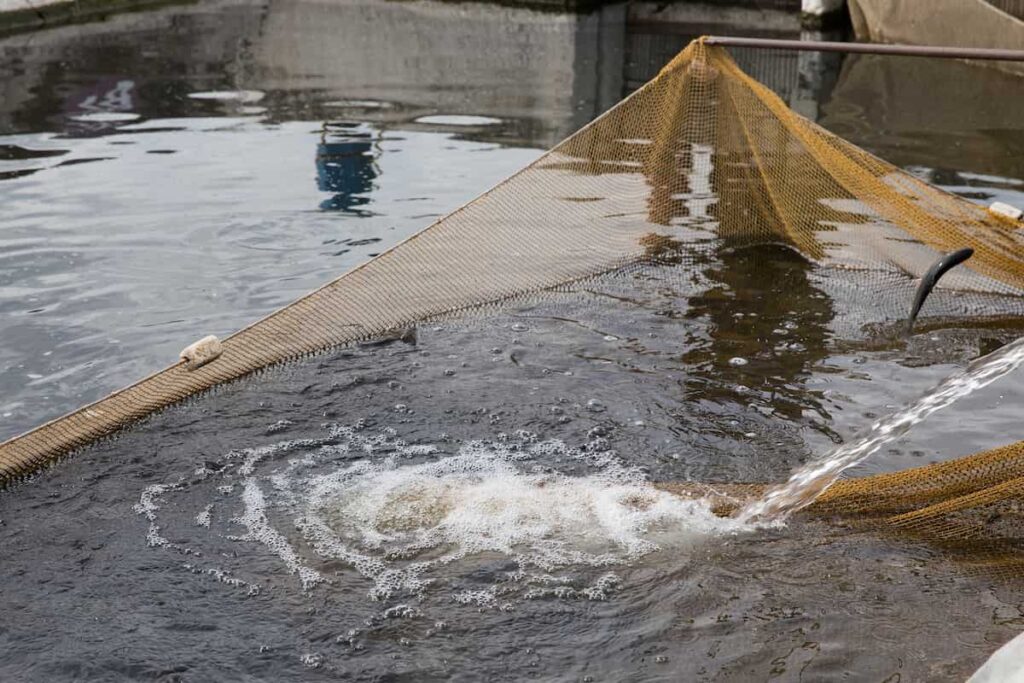
Vannamei shrimp farming in the Philippines
Vannamei shrimp farming is a popular option for those looking to start shrimp farming in the Philippines. This shrimp is native to the Pacific Ocean and is widely farmed in many Asian countries. Vannamei shrimp are easy to farm and have a high yield, making them a profitable option for shrimp farmers. When starting a Vannamei shrimp farm, there are a few things to keep in mind:
- You must obtain permission from the Bureau of Fisheries and Aquatic Resources (BFAR). This permit will allow you to operate your shrimp farm within the legal limit set by the government.
- You will need to find a suitable location for your farm. Vannamei shrimp require brackish water to survive, so your farm should be located near a body of water with high salinity levels.
- You will need to purchase quality Vannamei shrimp stock from a reliable supplier.
Once you have obtained all the necessary permits and supplies, you can start constructing your Vannamei shrimp farm. There are two main types of Vannamei shrimp farms: ponds and tanks. Ponds are the traditional method of farming Vannamei shrimp and are typically circular or rectangular. Tanks are newer methods of farming Vannamei shrimp and can be either above-ground or below-ground structures. No matter which type of farm you choose, make sure that it is well-ventilated and
Freshwater shrimp farming in the Philippines
In the Philippines, freshwater shrimp farming is a popular and profitable business. Shrimp farming requires a small amount of investment and can be done on a small scale. Shrimp are grown in ponds or cages and require no special equipment. The main costs associated with shrimp farming are stocking the pond or cage and feeding.
Shrimp farming is a relatively simple business and can be done on a small scale at home. All that is required is a small pond or cage and essential equipment such as pumps and aerators. The main cost of shrimp farming is stocking the pond or cage with shrimp fry (baby shrimp). Shrimp fry can be purchased from hatcheries, or they can be collected from wild populations.
Once the pond or cage is stocked with shrimp fry, they will grow quickly and will begin to produce eggs within a few months. The eggs of shrimp will hatch into larvae which will grow into juvenile shrimp over several weeks. After 4 to 6 months, the juvenile shrimp will reach maturity and begin reproducing. A typical freshwater shrimp farm will have 2-3 crops per year.
In case you missed it: How to Start Cucumber Farming/Growing in Philippines: Check How this Guide Helps Beginners
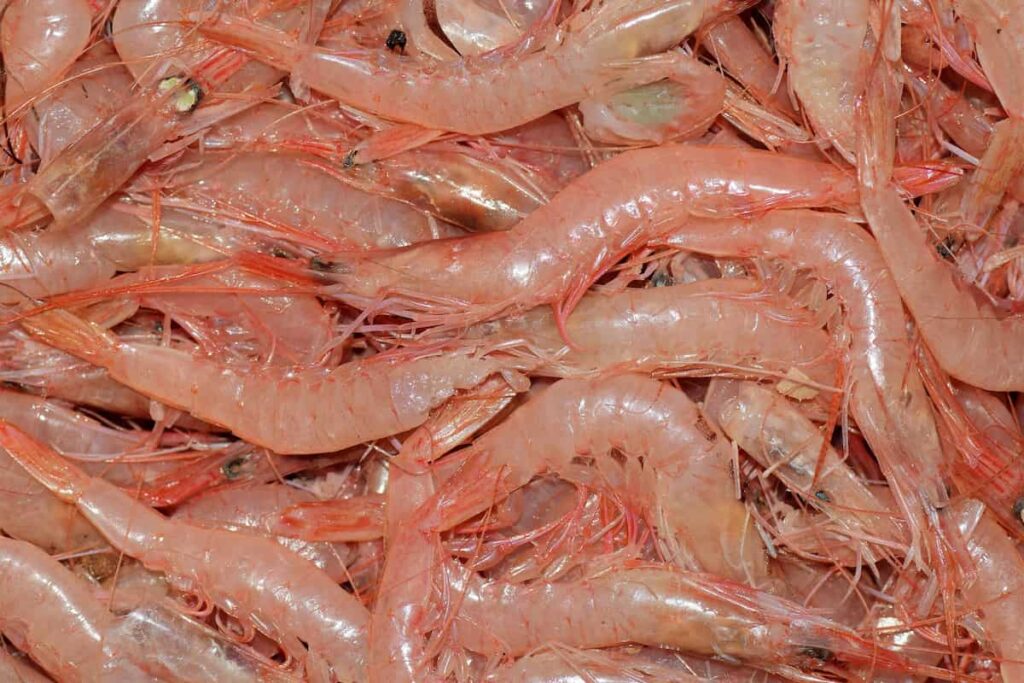
The average yield from a freshwater shrimp farm in the Philippines is 20-30 kg per square meter of pond area per crop cycle. With proper management and care, achieving yields of up to 50 kg per square meter is possible.
Conclusion
If you’re interested in starting your shrimp farm, you must know a couple of things before getting into this business. First, you’ll need to decide whether to farm shrimp indoors or outdoors. Both methods have benefits and drawbacks, so do your research before deciding. Once you’ve decided on the type of shrimp farming you want, the next step is calculating the cost of setting up your farm. This includes the cost of shrimp stock, tanks, and other supplies. Finally, once your farm is up and running, you’ll need to market your shrimp properly to maximize profits.
- Broccoli Varieties: Choosing the Right Cultivars for Your Farm
- How to Raise Pigs in Your Own Backyard: A Comprehensive Guide
- Budget Friendly Sheep Shed Ideas: Cheap and Low-Cost Tips
- How Much Do Cattle Farmers Make: Revenue Streams in Cattle Farming
- Management Pests and Diseases in Your Cotton Field
- Sheep Farming Business Plan for Beginners
- Aquaponic Farming at Home: A Step-By-Step Guide
- Profitable Village Farming Business Ideas in 2024
- High-Yield Aquaculture: Fast-Growing Fish for Farming
- Effective Fish Pond Construction Techniques for Beginners
- Irrigation and Water Management in Pineapple Farming
- Blossom to Harvest: Mastering Flowering and Pollination in Papaya Farming
- Pig Fattening Essentials: From Selection to Sale for Beginners
- Raising Wagyu Cattle: A Complete Guide for Premium Beef Production
- Soil Types and Their Water Holding Capacity
- Optimizing Irrigation Schedules for Coconut Groves for Enhanced Yield
- Espresso Your Garden: Coffee Grounds for Healthier Acid-Loving Plants
- The Best Soil Mix for Snake Plants: How to Mix Your Own Snake Plant Soil
- Green Thumb Success: Expert Tips for Cultivating Greenhouse Beans All Year Round
- Bloom All Year Round: The Ultimate Guide to Indoor Hyacinth Care
- Eco-Friendly Gardening: How to Make Liquid Fertilizer from Kitchen Waste
- Ultimate Guide to Grow Anise in Pots: Explore Seed Propagation to Harvesting
- Guide to Raising Chester White Pigs: Discover Breed Facts to Growth Management
- Mastering the Elegance: The Ultimate Guide to Weeping Cherry Tree Care, Planting, and Maintenance
- Ultimate Guide to Planting Garlic in Grow Bags: Growing Strategies for Beginners
- How to Fix Spider Plant Leaf-Related Problems: Natural and Organic Remedies
- 10 Reasons Why Your Tulsi Plant is Shedding Leaves: Home Remedies and Solutions
- Optimizing Growth and Yield: The Advantages of Palm Bunch Ash Fertilizer
- Utilizing Neem Oil Extract as a Natural Pesticide for Hydrangea
- From Soil to Harvest: Various Ways in Which Farmers Can Use AI Tools
- Steps to Encourage and Induce Citrus Flowers: A Comprehensive Guide
- How to Fix Snake Plant Leaf-Related Issues: Natural and Organic Remedies
- Transform Your Garden into a Fragrant Oasis with Raat Ki Rani (Night Blooming Jasmine)
- Discover the Ideal Chicken Breeds for Philippine Farms
- How to Create a Poultry Egg Farm Business Plan for Profits
- Grow Lemon Cucumbers Like a Pro: Insider Techniques for Bountiful Yields

can you provide us information where we could buy vannamei frys in Roxas – Iloilo area. Thanks